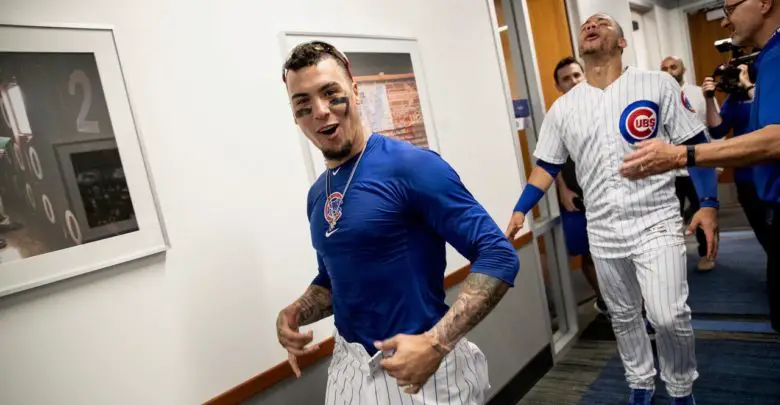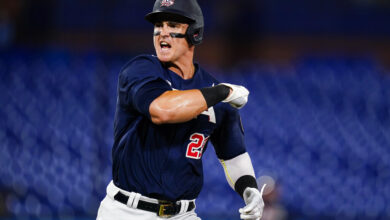
Javier Bàez Rated Best Defensive Infielder in Whole Wide World
It’s obvious to everyone who’s ever borne witness to his performance on the field that Ednel Javier Bàez is a special player. There is some debate as to the exact value of his dynamism, however, because he does so much that can’t really be quantified. Whether it’s the patented swim-move slide that’s now being duplicated like a hit movie from 20 years ago or the edgy smoothness with which he makes the routine look sexy af, Javy just has an it factor that draws eyeballs like moths to a flame.
That means some are going to have their asses burned to a fine shade of red because they see his style as extraneous schtick and dismiss it as quickly as ketchup on a hot dog. Even some who aren’t openly critical of him will advocate for a move back to second or even over to third in order to shore up a deficiency or replace a traded player. Because it’s always good to cut off your nose to spite your face by moving the best defensive infielder in the game off of the most premium position.
That’s right, Javy is MLB’s best infielder according to outs above average, the Statcast metric that quantifies the “cumulative effect of all individual plays a fielder has been credited or debited with.” OAA is “a range-based metric of fielding skill that accounts for the number of plays made and the difficulty of them,” the latter of which is where Javy really makes his presence felt.
With an OAA of 19, Javy ranks better than 289 other infielders who logged at least 10 defensive attempts at the MLB level last season. Only 14 of those players registered a double-digit OAA mark, including Starlin Castro with (10), and only five notched an OAA of 15 or greater. Future Cubs backup third baseman Nolan Arenado was second overall with 17 OAA, followed by Andrelton Simmons and Nick Ahmed (16 apiece).
Looking specifically at the Cubs, Javy really stands out. Only five of his 2019 infield teammates recorded a positive number, and one of those is currently unemployed after being non-tendered. Two others — Tony Kemp and Robel Garcia (1) — were part-timers at best, leaving David Bote (3) and Kris Bryant (2) as the only (at least semi-) regular players to score higher than zero.
The most surprising of Team Prognosis Negative was Anthony Rizzo, whose -3 belies his reputation as a stellar gloveman. That number would have been the worst on the team if not for ol’ Daniel Descalso and a -4 OAA that did nothing to help out his -0.8 fWAR from 2019. Yeesh.
Outs above average is hardly the only metric by which to judge infielders, but the fact that it reinforces our collective confirmation bias in this case tells me it’s the best metric. In all seriousness, though, a look at exactly how OAA is calculated tells us that it should be a lot more reliable than other defensive metrics that can take much longer to stabilize and paint a true picture of a player’s acumen in the field. The nutshell version is that it takes into account all the specific circumstances of each play in order to provide an accurate score.
It’s really worth your while to click that most recent link and educate yourself on OAA to whatever extent you feel necessary. Or, and this is also worth your while, you can simply rest assured knowing that Javy being the best at it means it’s accurate to the greatest possible degree.

